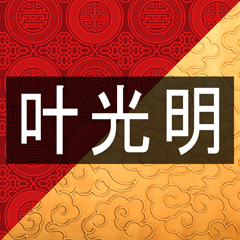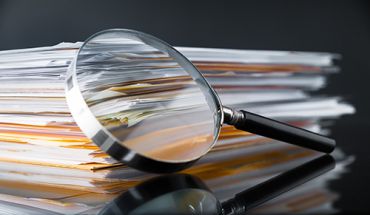The Director's Blog
One Belt, One Road
Most people who keep up with China news would know of the existence of China’s One Belt One Road massive project. Fewer would be able to define what exactly it is. Mckinsey & company recently made the comment “Frankly, for many of us who live and work in the region, behind the diplomatic language and the policy speak, what exactly is One Belt, One Road?” Quartz commented: “Nearly 70 countries and international organizations have signed up for the mega infrastructure project, said president Xi Jinping at the close of the summit on May 15th, but others still have no idea what it is.” Leaders from 29 countries attended the Belt and Road forum, as well as the heads of the United Nations, International Monetary Fund and World Bank.
What is it? Quartz gave this definition: “It’s all about building massive stuff, mostly around transport and energy: roads, bridges, gas pipelines, ports, railways, and power plants.” It is arguably China’s most ambitious economic and diplomatic programme since the founding of the People’s Republic. Proposed by Xi in 2013, the program is an estimated $5 trillion infrastructure spending spree that spans 60-plus countries across Asia, the Middle East, Europe, and Africa.
Kevin Sneader in a Mckinsey & company report said: “At one level, One Belt, One Road has the potential to be perhaps the world’s largest platform for regional collaboration. There are two parts to this, the belt and the road, and it’s a little confusing. The belt is the physical road, which takes one from China all the way through Europe to somewhere up north in Scandinavia. What they call the road is actually the maritime Silk Road, in other words, shipping lanes, essentially from China to Venice. Therefore it’s very ambitious covering about 65 percent of the world’s population, about one-third of the world’s GDP, and about a quarter of all the goods and services the world moves.”
Who is in and who is out? China says the project is open to everyone, but it has identified 65 countries along the Belt and Road that, since the early stages of the proposal, it has insisted will participate in the initiative. Together, the 64 nations plus China account for 62% of the world’s population and 30% of it economic output.
What is included? “China has never published any comprehensive list of all One Belt One Road-related projects or deals. The initiative is vaguely conceived and described in the first place, perhaps to make it easier to bundle anything China wants into it.” (Quartz)
Why is China doing this? Hailed by Xi as a “project of the century” the plan fits into his bigger narrative that China is setting an example of globalization, filling the void left by the US under Donald Trump’s “America First” policy. “We have no intention to form a small group detrimental to stability,” Xi said. “What we hope to create is a big family of harmonious co-existence.” But the clear narrative is that China would be the head of that family!
How should Christians view the project? The Roman Empire, giving transport and Pax Romana (Roman peace) to a large area served as a platform for the Gospel. Our prayer should be that One Belt One Road achieves the same purpose – especially in this day when the Chinese church is called to embrace it promise role in reaching the nations for Jesus Christ.
Pray for the Lord’s Hand upon this project, that it would bring increased prosperity to many.
Pray for the opportunity brought to China’s church for the Gospel by these road, rail and shipping routes, as well as by the access to a number of countries.
Pray for the many Chinese citizens who will leave China because of involvement in this project, that they would be reached with the Gospel.
In His grace,
Ross Paterson
Director, Derek Prince Ministries – China

